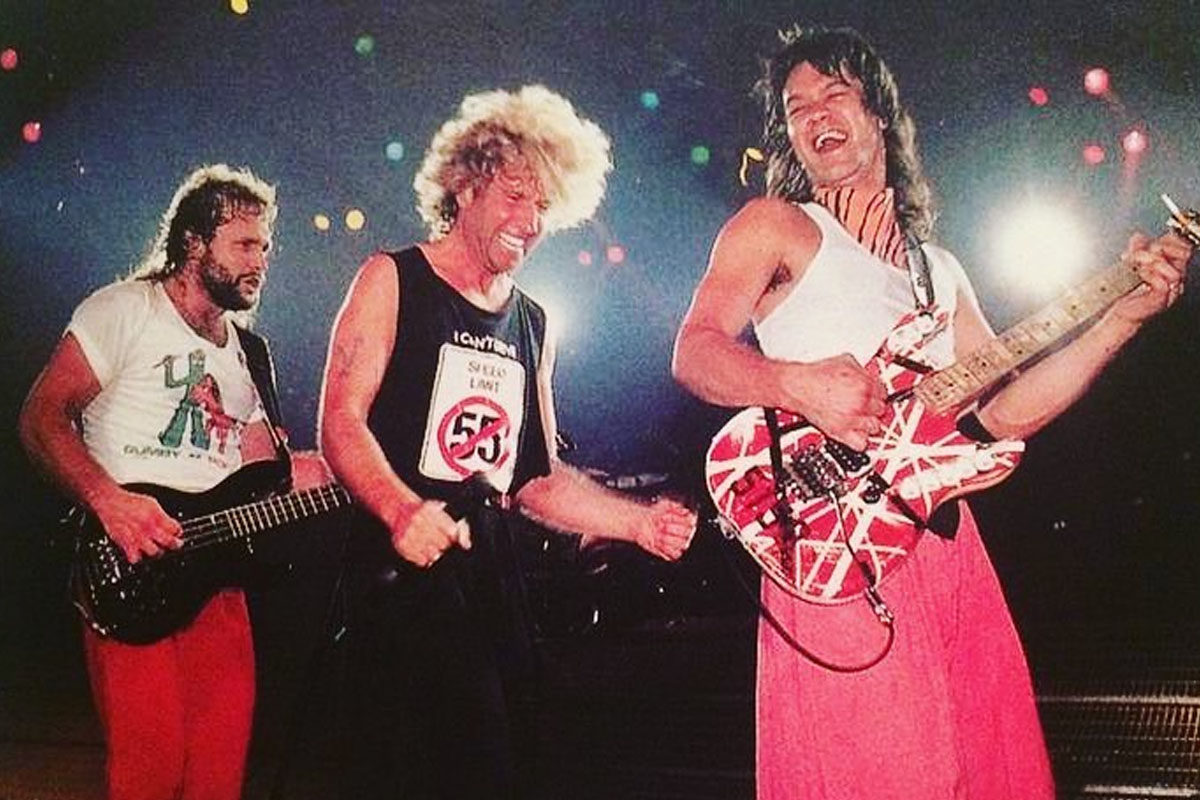Michael Anthony and Sammy Hagar shared their memories about Van Halen’s pivotal ‘5150’ era in a new video on their Van Hagar / Other Half Instagram account. Their discussion offered intimate details about the transition period after David Lee Roth’s departure and Hagar’s entry into the band.
“‘5150,’ what a time. Ed, Al, and myself just coming out of a bad breakup with Roth leaving the band. And Sammy steps in,” Anthony recalled. “First time he came to the studio with short hair… Ed, Al, and I had worked up a couple songs already.”
“After hanging out a little bit, we decided to play some of it and Sammy heard part of the song,” Anthony continued. “And he came out to jam it with us. Lyrics that he sang right out the top of his head and the being in the song… We just had a great time in the studio. It was like a rebirth for the band after all the tensions and everything leading up to Roth leaving the band. It was like a breath of fresh air.”
Hagar offered a concise summary: “Making ‘5150’ was like we were on a honeymoon.”
This transition period represented a significant milestone in Van Halen’s history. The band underwent several notable changes in their creative process and sound during this time.
The Search For A New Voice

Rock N Roll Insight revealed Van Halen’s extensive search for David Lee Roth’s replacement in July 1985. The band evaluated several temporary singers during this period.
A personal referral led them to Hagar. This connection sparked an immediate transformation in the band’s direction and creative energy.
Production Evolution

Historical records documented a significant change in the album’s production. ‘5150’ became the first Van Halen album without longtime producer Ted Templeman. Eddie Van Halen, Donn Landee, and Mick Jones shared the production responsibilities.
This shift in leadership opened new sonic possibilities. The band embraced a different musical direction, incorporating more melodic compositions and power ballads than their previous work.
The 5150 Studio Experience

ApopLife detailed the unique atmosphere of Eddie’s home studio. The space, named 5150, earned its reputation through its distinctive creative environment.
The studio maintained a chaotic charm with scattered guitars, beer bottles, and cigarette butts. This unconventional setting enhanced rather than hindered the band’s creativity. The environment contributed significantly to the album’s unique sound and energy.





